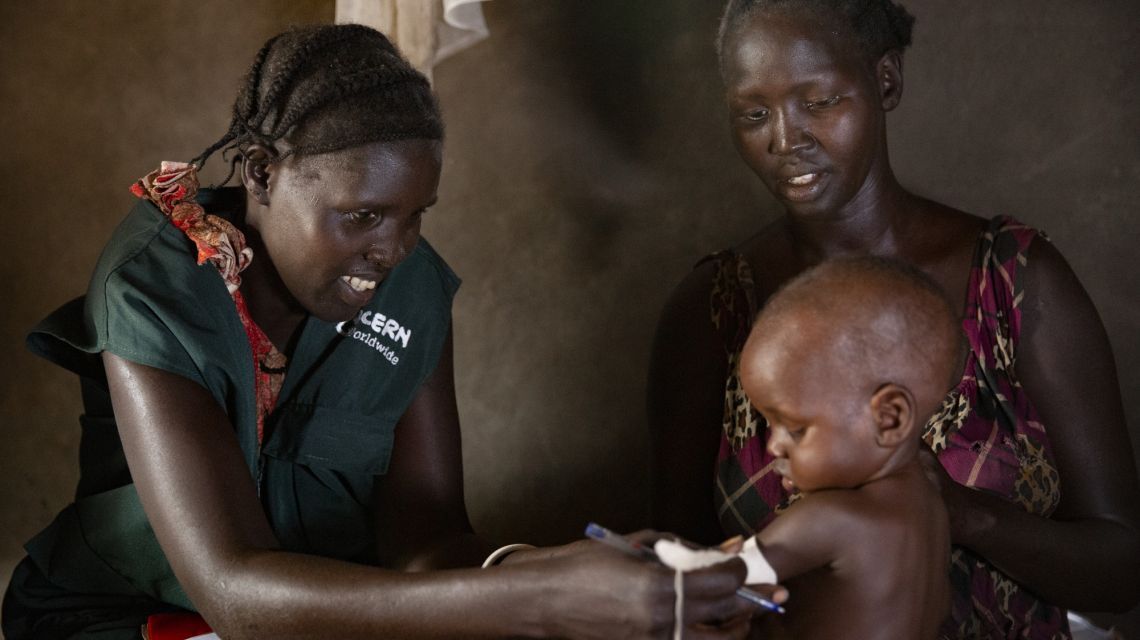What is stunting?
Stunting is when a child has a low height for their age. This is usually due to malnutrition, repeated infections, and/or poor social stimulation. The World Health Organization categorizes children who are stunted as those whose height is lower than average for their age, and at least two standard deviations below the WHO’s Child Growth Standards Median. Stunting is different from wasting. Stunting is a low height for a child’s weight; wasting is low weight for a child’s height.
The real-world impacts of stunting ripple well beyond linear growth. Stunting is one of the key links in the cycle between hunger and poverty: A stunted child may also have a poorer immune system, brain function, and organ development. Performing below average in these areas may also limit their future productivity and threaten the health of their own children.
But there are measures we can take to prevent stunting, especially in the first 1,000 days between pregnancy and a child’s second birthday. For stunted children, some effects can be reduced and even reversed.

What causes stunting?
There are many factors that contribute to childhood stunting, and these factors are often linked. Some common causes of stunting include:
- Poor nutrition and a lack of access to diverse foods
- Poor sanitation and no access to clean drinking water
- Lack of proper healthcare for children and their mothers
- Inadequate psychosocial stimulation and/or parent-infant bonding
None of these causes exist in a vacuum. Gender equality, male engagement in parenting, and conflict can all contribute to a child’s psychosocial stimulation. Conflict, along with income opportunities, inflation, and climate change, may affect food availability and in turn contribute to undernutrition or malnutrition.
Finally, stunting is often intergenerational: Children who are stunted are also more likely as adults to have stunted children. A stunted child is also more prone to becoming overweight as an adult, posing more health risks.
The vicious cycle of stunting
After a child is born, it’s important for both mother and baby to receive proper postnatal care. For babies born into poverty, one of the most important weapons to combat stunting is breast milk, which strengthens their immune system and provides the nutrients they need to grow.
If a mother is malnourished, it’s more likely that her baby will be born underweight. This sets off a cycle of stunting: Without proper postnatal care and the proper nutrients, the baby will likely suffer from stunted growth. If the child’s malnutrition goes untreated, they themselves may grow into a young woman who becomes a malnourished mother to a stunted child.

Beyond the transgenerational cycle of stunting, there are a number of other factors at play: Children who suffer from stunting may never reach their full cognitive potential, which can lead to a lower IQ and impaired brain development. This also affects socio-emotional skills and overall health. All of these factors ultimately relate to long-term potential, including economic and health potential.
A 2011 study conducted by Sue Horton and Richard Steckel for the Copenhagen Consensus on Human Challenges suggests that well-nourished children are 33% more likely to escape poverty as adults. But how do they break the cycle?

How do we prevent stunting?
There’s no simple solution to stunting.
However, there are clear ways to prevent it. One key method is focusing on what is commonly referred to as the first 1,000 days — the window of time between a mother’s pregnancy and her child’s second birthday. These first 1,000 days are a key opportunity to ensure the healthy development of children around the world.
If a child is diagnosed with malnutrition, fast diagnosis and effective treatment are also key weapons to prevent stunting. Solutions like ready-to-use therapeutic food (RUTF), administered as part of a program like Community Management of Acute Malnutrition (CMAM) have high cure rates that contribute to overall declines in stunting rates.
Stunting: What Concern is doing
Concern Worldwide works with local communities to address the various causes of stunting and malnutrition. To ensure these crucial initiatives can move forward without our long-term support, Concern often partners with local governments to improve health, nutrition, agriculture, and hygiene services, and to promote gender parity. We also work within communities so that their members have ownership over these programs.


